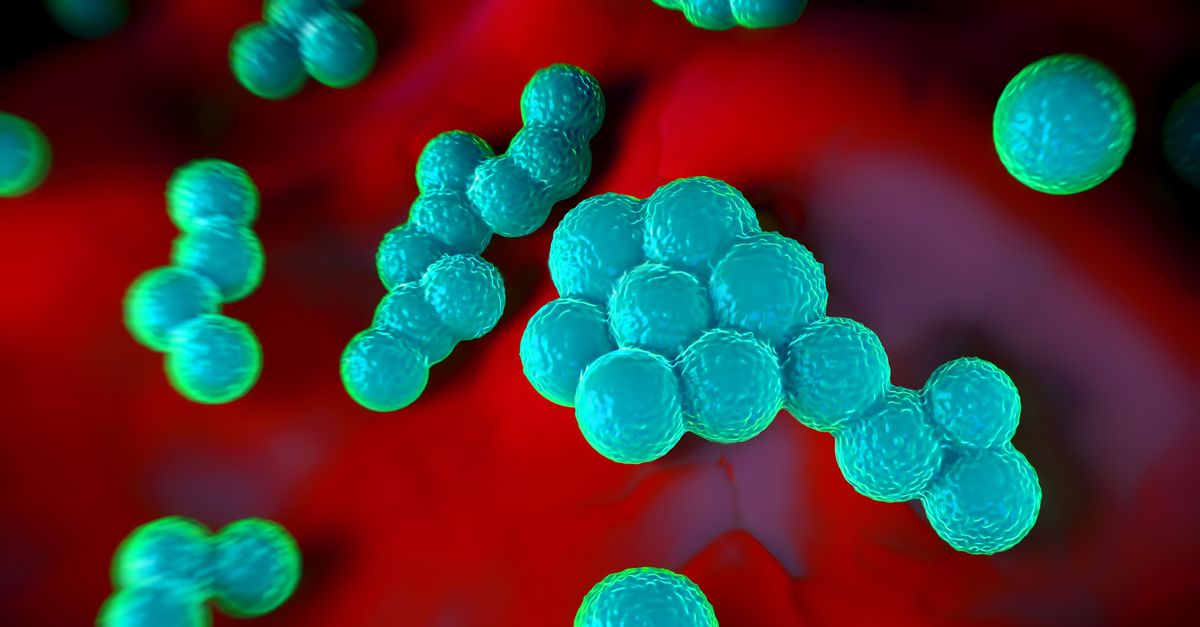On 18 February 2017, the SpaceX space transport service will launch a capsule to the International Space Station for a resupply mission (CRS-10) aboard a Falcon 9 rocket.
Among the items contained within the capsule will be a sample of the highly infectious Methicillin-resistant Staphylococcus aureus (MRSA) bacterium, along with a device able to monitor that sample at the genomic level.
This experiment is the result of the first “Galactic Grant Competition,” a Center for the Advancement of Science in Space (CASIS) initiative aimed at providing Massachusetts-based biotech companies access to the International Space Station. Among the grant recipients was Harvard physicist Anita Goel’s private research company Nanobiosym, which has developed a mobile pathogen-detection tool that has the potential to detect genetic mutations to bacterial infections in real time.
This “tricorder”-style device, dubbed Gene-RADAR by Nanobiosym, is described as follows in a patent filing:
A portable system for extracting, optionally amplifying, and detecting nucleic acids or proteins using a compact integrated chip in combination with a mobile device system for analyzing detected signals.
With the receipt of the CASIS grant, Nanobiosym was given the opportunity to refine the technology in space. Not only will this help with the development that technology, but it may also allow scientists to view genetic mutations to bacterial in “fast-forward”, helping scientists predict the ways in which bacterial infections develop antibiotic resistance, as described in the NASA mission summary:
Microgravity may accelerate the rate of bacterial mutations and this pilot investigation analyzes this process in two strains aboard the International Space Station, which may provide insight into how deadly bacteria become drug-resistant. The data can help refine models of drug resistance and support development of better medicines to counter it.
This conclusion is far from settled science, as described in a 2015 review paper, but both space-based and low-gravity simulation experiments have demonstrated that it is at least plausible that low gravity affects the mutation rate of some bacterial species:
There is general agreement that microgravity represents the major influence on bacterial growth kinetics and bacterial cell behavior during short orbital flights, although radiation may increase microbial mutation rates during flight [as well].
If, as Goel hypothesizes, mutations rates speed up in space, Scientists may be able to use this information to develop drugs that anticipate potential mechanisms of antibiotic resistance before they occur, as described in a CASIS press release:
The project will attempt to computationally predict bacterial mutations, to evaluate model organisms in space, and to use the empirical results to validate and refine the company’s predictive algorithms. This proof-of-concept experiment will provide data that can be applied to future predictive models for antibiotic resistant pathogen mutations, which will be of significant value to antibiotic drug development.
Antibiotic resistance is a growing problem that gained increased media attention with the death of a patient from a bacterial infection resistant to 26 different antibiotic medications in August 2016.

